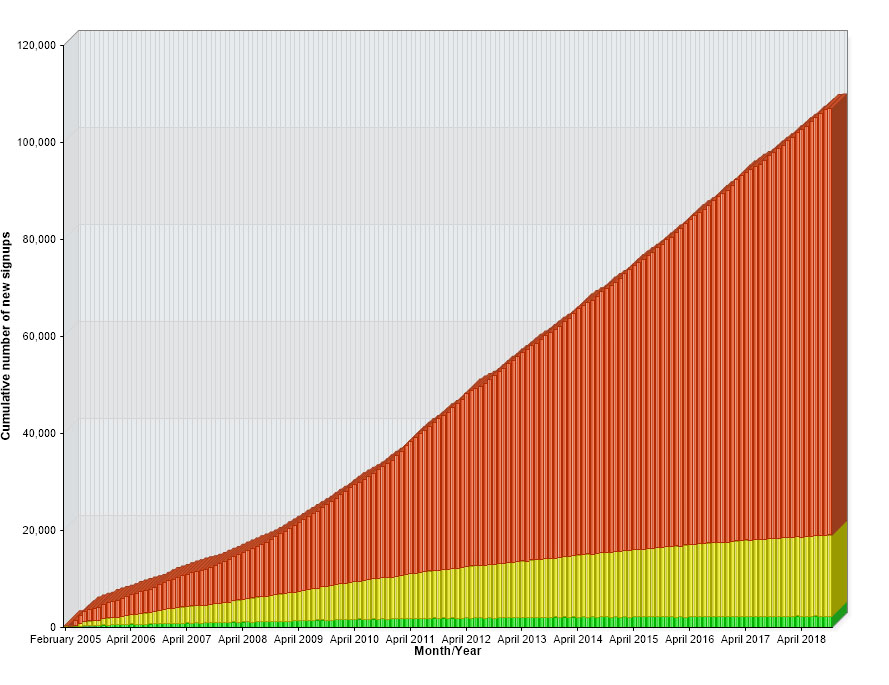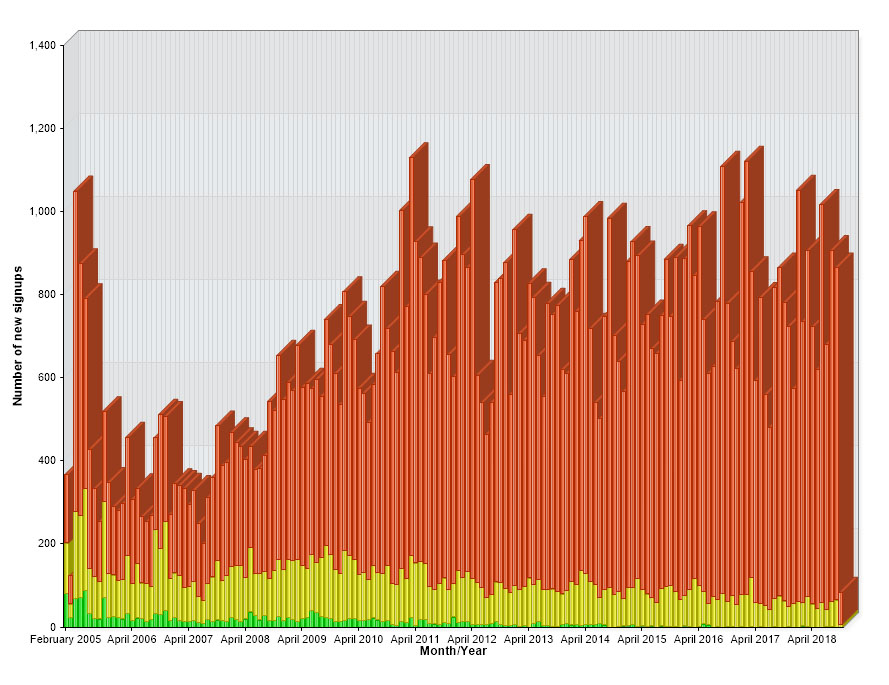Traditional learning management systems (LMS) were designed from an organizational and administrative point of view. They focused on how institutions could efficiently assemble and distribute instructional content and then tracked whether students completed viewing this content. LMS have been used mostly by businesses where the focus is on administration and compliance, rather than on building a successful relationship between an association and an audience that is starving for content and in need of an association’s embedded, expert knowledge.
The drivers of an LMS have historically been, and seem to continue to be, managing the delivery process and tracking student performance. Some systems now include course development tools as well, and they have been labeled learning content management systems (LCMS) accordingly. These systems add the capability for instructors, developers, and subject matter experts to package and, very often, repurpose learning that originated as live presentations in the classroom.
An objective and focus of LCMS development is to make this packaged content as “portable” as possible, meaning that small units of instruction can be assembled and delivered in a myriad of configurations. In common use, LCMS has become somewhat subsumed under the LMS umbrella, so when many people say “LMS,” they may actually mean a system that includes both the administrative and the content construction portions of the online instructional delivery process.

Even with the increasing entrenchment of this new technology and functionality, there remains a big problem with distance learning on the Internet. Much of the content being delivered simply is not designed for the interactive format or for the realities of how users consume that content in an independent, unmoderated, on-demand model. It’s just not as easy as taking the PowerPoint from an in-person class, recording the presenter’s accompanying talk, and marrying those for delivery. Even if that model worked well in the classroom, which many times it hasn’t, much is lost in the translation to the Internet. Strong professional development delivered over the Internet requires creating content and building interactive delivery specifically for that medium’s strengths.
What is often missing from the discussion of how we create online learning is one simple, yet absolutely vital, element — the learner. Rather than asking exclusively what administrators and instructors need from online learning, why are we not also asking what learners want and design online learning to meet those needs? Incorporating a learner-centered view that is integrated into the association’s overall objectives is the goal of the SHM Online Learning Network. It’s not leveraging technology to place content quickly and easily; it’s putting in considered thought and hard work to deliver an association’s professional development program in a simple and elegant fashion.
Stonehouse Media (SHM) has been asking the following questions for more than a decade while developing and implementing its Online Learning Network (OLN) platform.
- What content presentation methods achievable over the Internet best meet learners’ needs, increasing engagement and performance?
- What network features help learners set and meet their career and personal enrichment goals?
- How do we tie the continuing education and certification requirements many professions have to the learning offered through an online network?
The SHM OLN helps you create a customized broadcast experience that Internet users have come to expect as well as gives you the analytics and integration that you need to succeed while staying in touch with your audience and growing your association.
The SHM OLN reports on learning results, confers continuing education (CE) credits, awards certificates of completion, and assists with module registration, polling, and support issues. With the Stonehouse Media OLN, there is no limit to what you can learn about your members, their needs, and how to meet those needs based on their interactions with the platform.

Learners (your members and potential members) get what they need to advance their careers by interacting with the content, earning certificates for successful completion of online programs, keeping a transcript that documents their achievements, and following paths to earn credentials that boost their knowledge and market worth. In the spirit of creating a full training record for learners to use to meet training requirements or recommendations, Stonehouse Media’s OLN handles testing for in-person classes via a PIN system, as well as testing for credentials.
Stonehouse Media’s OLN is capable of full integration with major association management software packages, facilitating communication with member records and permissions, and integrating that data into one seamless member dashboard that can often be accessed in a single sign-on from the association’s main website.
Over the years, Stonehouse Media has combined its OLN with a simple yet industrial strength content management system (CMS) that allows the client organization to add, edit, remove, and reorganize their new association website, while the distance learning production team handles the development of custom content. Forward-thinking funders and associations are taking notice of well-done training and education. They understand not only that training and education are crucial member benefits, but also that the survival and relevance of the association will be determined by whether the education and training provide true value to members.
We would like to know what you think of our OLN and to show you some of the work that we have developed. Please give us a call or send an email, so we can set up a time to talk about what is important to your association. We are always learning and we do not lean on our technology to try to squeeze you into our system; we customize and, when needed, build on the existing framework to advance your association to where it wants to be with online learning. We look forward to sharing thoughts and ideas with you and exploring how we might work together.

